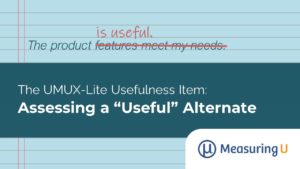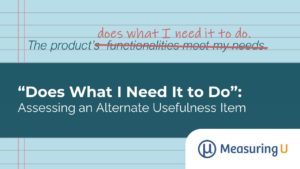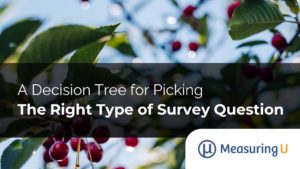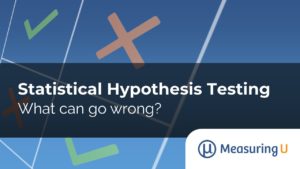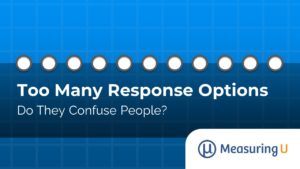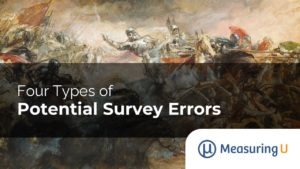
49 UX Metrics, Methods, & Measurement Articles from 2023
All of us at MeasuringU® wish you a Happy New Year! In 2023, we posted 49 articles and continued to add features to our MUiQ® UX testing platform to make it even easier to develop studies and analyze results. We hosted our eleventh UX Measurement Bootcamp, again as a blended virtual event with a combination

